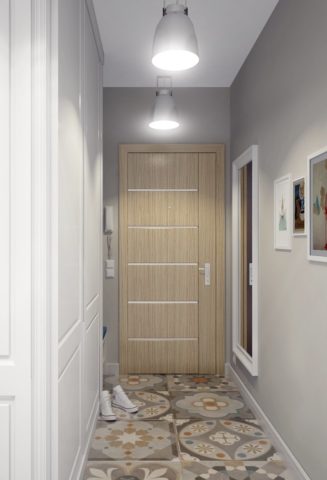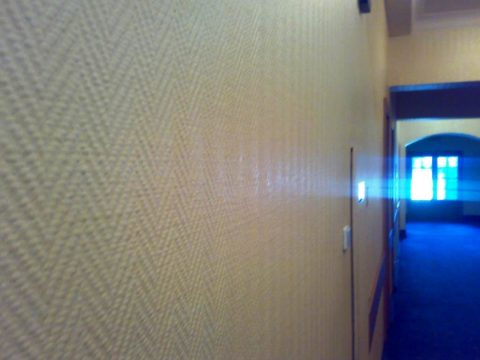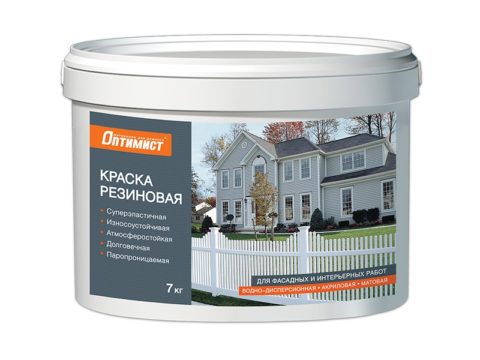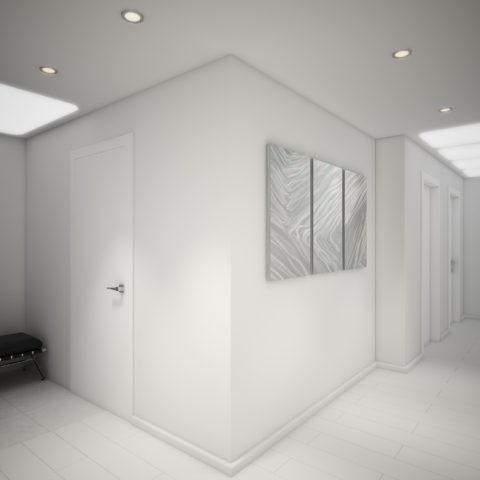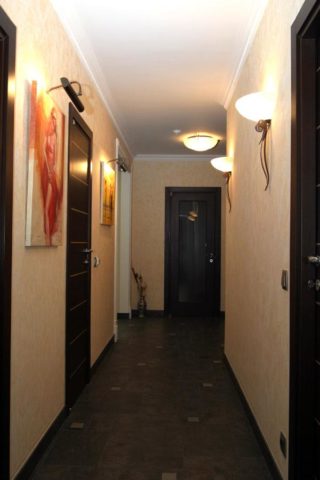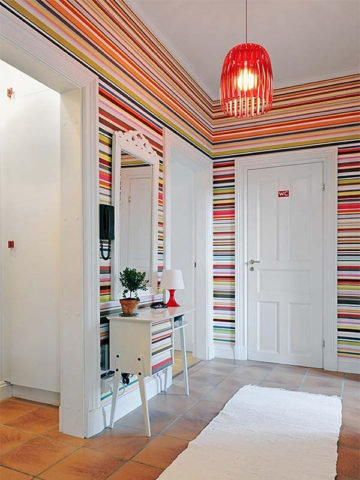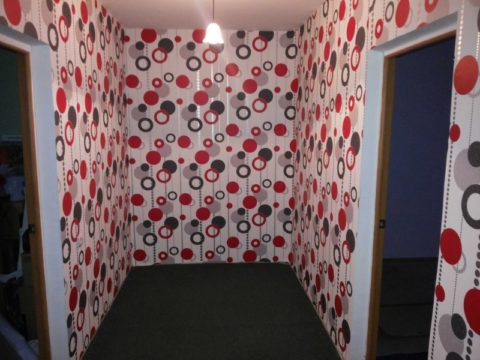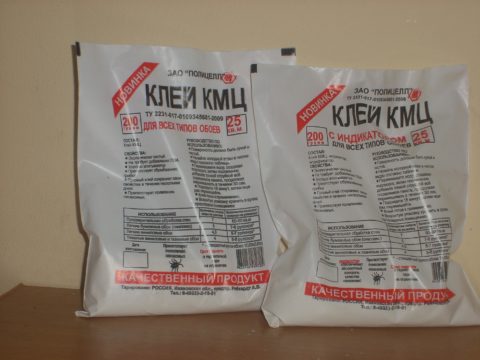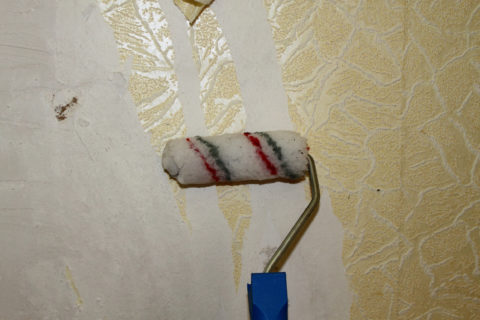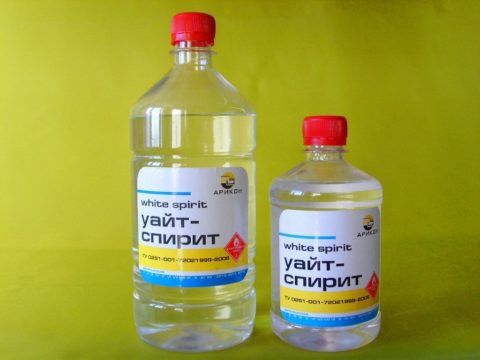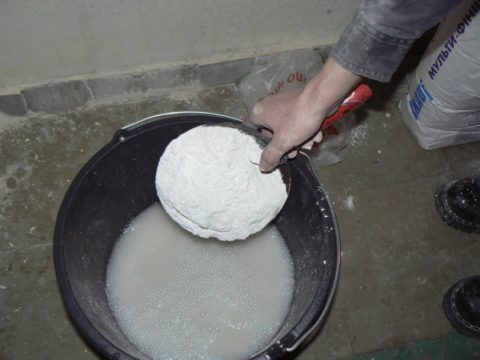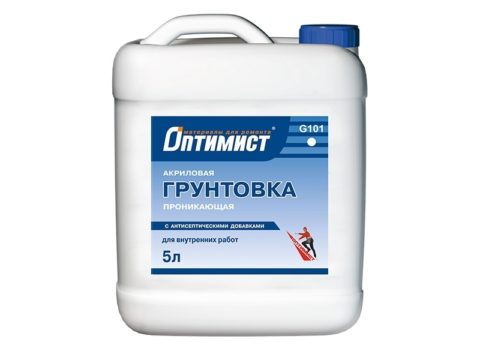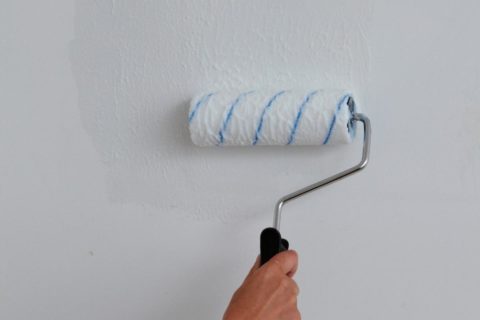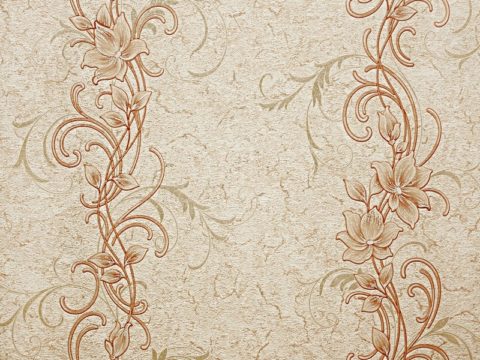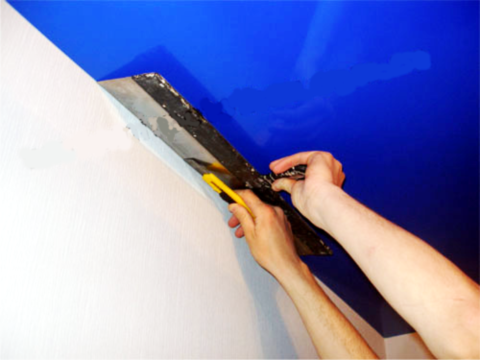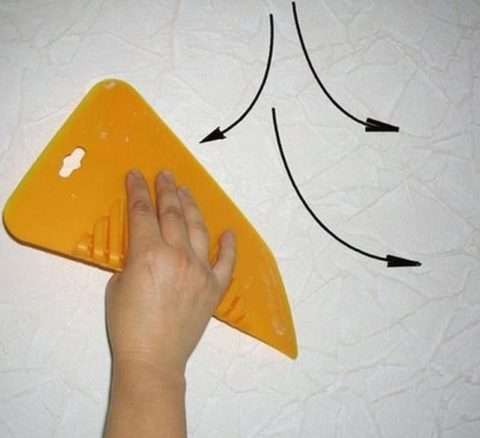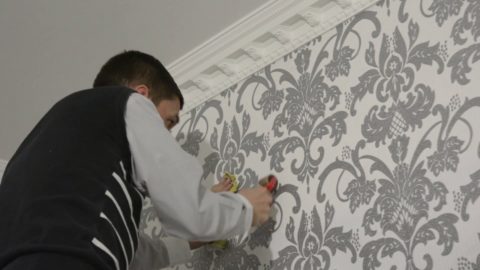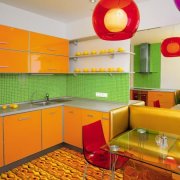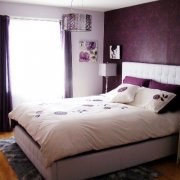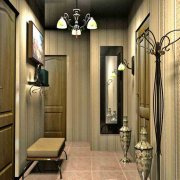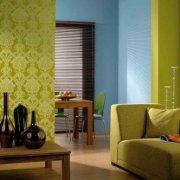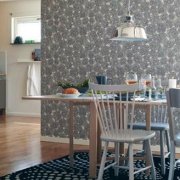Small narrow corridor and wallpapers: help in choosing and decal
What are the criteria for choosing wallpaper in the corridor - small or narrow? What texture and color scheme should I prefer? How does the wallpaper pattern affect the perception of the volume of the room? Finally, how to prepare the walls for the wallpaper sticker and execute it? Let's get it right.
The content of the article
To the store
First, about what you need to pay attention to when choosing wallpaper for a narrow corridor.
Material
Let's think in what conditions the wall covering will be operated.
- The small size of the room means that the walls will be wiped with outer clothing. If so - the wallpaper should be resistant to dry abrasion;
- In rainy weather, the walls are in contact with wet clothes and umbrellas. Resistance to moisture is also welcome;
- Finally, wall coverings will inevitably get dirty. This means that the wallpaper should not accumulate pollution and be washable.
Only two finishing materials meet these criteria:
| Picture | Type of wallpaper |
| Heavy vinyl: painted and (optionally) embossed thick vinyl film on a paper or non-woven backing (non-woven cellulose fabric, sometimes reinforced with polyester). Plasticized PVC is resistant to abrasion, does not absorb moisture and can be washed with any cleaning products other than abrasive ones. | |
| Cullets: a relief cloth made of fiberglass, often intended for painting. It combines strength with absolute moisture resistance, lasts up to 30 years and can be painted up to 10 times. |
Note: the resistance of cullet under painting to wet abrasion largely depends on the paint you choose. We recommend rubber (acrylic-latex) and silicone water-dispersion dyes. Their only drawback is the high price compared to other water-based emulsions (from 150 r / kg).
The attached video will help you choose wallpaper in a narrow long corridor.
Colour
What color should the wallpaper be for the corridor - small or narrow?
Recall the basics of design:
- Dark shades visually bring the surface closer, and, therefore, make the room smaller;
- Light colors, on the contrary, visually increase the size;
- Combining light and dark colors, you can adjust the shape of the room. For example, black and white wallpaper in a long narrow corridor, with a certain combination (white side and black end walls), will make it seem shorter and wider.
Useful: the same effect can be achieved by combining glossy and matte surfaces, as well as playing with the illumination of the walls. A glossy and brightly lit wall visually moves away from the viewer, while a dull and darkened wall approaches.
Texture
What affects the texture of the wallpaper?
The size of the roughness of the base, which they are able to mask. The more textured the texture, the larger the allowable size of the bumps. Smooth glossy wallpapers are most sensitive to the quality of wall processing.
Drawing
In choosing a picture, follow two simple rules:
- Longitudinal or transverse stripes visually lengthen the surface or make it wider. A narrow corridor will appear wider if the end walls are decorated with transverse stripes. Vertical stripes will make your hallway appear taller than real size;
- The smaller the element of the geometric pattern, the larger the visible dimensions of the room. The viewer unconsciously estimates the size by the number of identical elements in the field of view.
Glue
The entrance hall and the interior corridor are rooms with stably low humidity, so you can use inexpensive glue based on CMC (carboxymethyl cellulose) to sticker the wallpaper on your own.
Wall preparation
How to prepare the walls of the corridor for the wallpaper sticker?
Here is a step-by-step instruction:
- Remove old, loose and poorly bonded coatings. Paper wallpaper and lime whitewash are easily removed with a spatula after soaking with water, paints are removed with the same spatula after treatment with a universal wash or heating with a construction hairdryer (see How to quickly remove old wallpaper from the wall);
- If there are oil or grease stains on the walls, remove them with rags with gasoline, white spirit, solvent or any other organic solvent;
- Fix putty with visible surface defects. Small irregularities are sealed with acrylic putty (see In what situations is acrylic putty used) To eliminate more noticeable defects, it is more practical to use several times cheaper universal or finish gypsum;
Caution: gypsum putty is sold as a dry mix. When mixing with water, add it to the water, and not vice versa. Otherwise, you run the risk of getting insoluble clumps of gypsum at the bottom, which will ruin the surface of the walls when puttying.
- Remove the putty flaws by grinding. To do this, you can use a hand grater or vibration grinder with abrasive mesh. The presence of a disk grinder will accelerate grinding even more;
- Vacuum the walls or sweep dust off them with a brush;
- Treat the surface under the wallpaper with an acrylic primer or diluted wallpaper glue.
Wallpaper sticker
How to glue wallpaper for a small corridor?
There are few rules here:
- When sticking heavy vinyl or dense glass, the adhesive is diluted to a thicker consistency than recommended by the manufacturer's instructions. Otherwise, it simply will not hold the coating until it dries;
- Glue should be applied to the strip of wallpaper and on the wall;
- All dense wallpapers are glued without overlap, butt;
- Wallpaper with a complex pattern needs to be adjusted between adjacent stripes;
- The strip is cut with small flavors on the baguette and baseboard. When stickering, the wallpaper is cut with a clerical knife on a wide steel spatula or ruler;
By the way: if you have the opportunity to remove for a while wallpaper stickers on the covers of sockets and baseboards - do it. Adjacencies to them will look much neater than when cutting wallpaper in place.
- Smooth the wallpaper with a dry cloth, plastic spatula or roller;
- Glue extruded at the junction between the strips is removed immediately.
Conclusion
We hope that our simple tips will be useful to the reader. Good luck!

